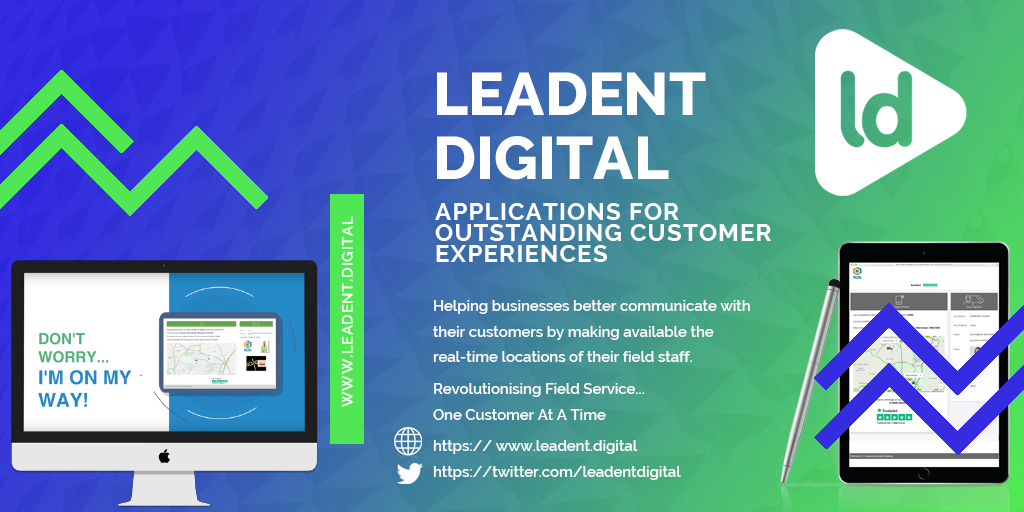We're all hyper-connected, which means that the majority of your customers are too. So how do you connect with the connected customer?
We’re all hyper-connected, which means that the majority of your customers are connected to the internet nearly all of the time. The connected customer is on the rise – mobile, social, cloud and the Internet of Things have all helped create this customer connection revolution. There are approximately 8.4 billion devices connected ‘almost constantly’. Generation Z has learned to use smart devices from a young age and consequently has very high expectations of mobile customer experience.
You can no longer afford to ignore the connected customer.
The connected customer wants to interact with an organisation wherever they are, day or night. Alexa is a perfect example of the connected revolution; it can set an alert or play my favourite playlist, or raise the temperature on my thermostat.
Customers are increasingly connected, but companies are not.
Organisations, particularly service organisations, need to re-invent or enhance their processes to stay relevant and to build, maintain and foster customer relationships on a one-to-one basis. 64% of consumers now expect companies to respond and interact with them in real time. In 2014, according to Forrester, web self-service was the most commonly used communication channel for customer service, far exceeding phone use.
The connected customer is demanding and fully expects the organisation to know the next step in their customer journey before they do. They expect the company to build their customer experience in a logical way that makes sense for them.
Here are some tips on how you can connect to your connected customers:
Understand and Use Customer Data
One of the best things about the connected customer is the amount of data that they produce. Many organisations now have collected masses of data about customer preference and behaviour, but they are unable to turn that data into actionable insights to help them deliver successful business outcomes. Using this information can contribute to improving services, communication and help you make informed decisions on how best to serve your customers. A note of caution, be sure that the security of that customer data is a top priority.
Build Customer Self-Service Capability
Customers don’t want to have to pick up the phone to a call centre number only to frustratingly wade through an antiquated IVR; they want to be empowered. Self-service should include facilities such as knowledge management, case management apps, live video service, co-browse, community portals and forums as well as web ticketing.
Develop Powerful Apps
According to IDC, by 2018, there will be 22 billion IoT devices installed, driving the development of 200,000 new IoT apps and services. 90% of our time spent on a smart device is on an app, so if you want to connect with your connected customers, it is essential that you have apps that are social, are simple to use, and augmented with real-time analytics.
Invest in Connected Devices
We are at the beginning of the smart home revolution, too. With the rise of IoT appliances and in-home tech that can be continuously connected to the internet and interacted with via an app. We’re already seeing appliances that are able to advise the customer when there is a fault or potential fault or when they require service. All this connectivity adds value to the connected customers’ lives, and the organisations behind them gather more intelligence about that customer and their preferences.
The future - real-time, personal and tailored communication
Customer to business text communication is infrequent in today's connected world unless you are sending an in-app message/push notification. Companies use text to send reminders or updates, but at present these are often nothing more one-way notifications. It is so easy for us to communicate with our friends and families whenever and however we want to – the technology exists. So how great would it be if you could contact a company with a product related question via voice created text message or even through the device itself via screen or speaker, or even via a 3rd party device like Amazon Alexa or Google Chrome?
Most organisations don’t have the resources to produce these types of customer communications on all of these emerging channels. Going forward, customer experience technologies should be based on cloud apps and infrastructure, and supporting, scalable technology such as chatbots and machine-learning that allow for personalised interactions. The connected customer wants to talk to your organisation in real-time and in their preferred method, it’s time to make this a reality.
What next?
To make sure you can deliver even better customer experience - why not visit our sister company Leadent Digital. It creates applications for outstanding customer experiences to help you communicate better with your customers through modern location-based apps. Keep connected with your connected customers and revolutionise your customer experience.

